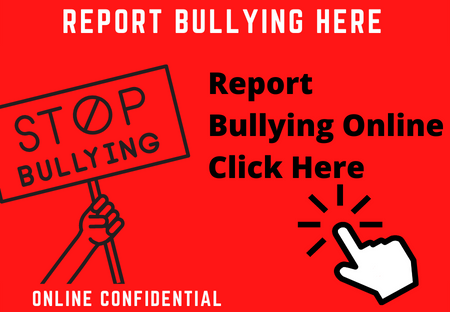Report Bullying Online Anonymously & Confidentially

Learn how to recognize, prevent, report, and resolve bullying. Be an advocate for yourself, your school, or your child!
The DASA Coordinator for School #363 is Principal Fred Sales
Bullying is characterized by an imbalance of power between two students. If two students are equally engaged in an altercation, this is not a bullying situation, but instead considered a "conflict" between the two students. When an imbalance of power is present, it can be seen in small ways over a long period of time or in a large way all at one time.
Examples of a large incident is much easier to see, recognize, and address. The person who is doing the bullying has been vocal and physical to the bullying victim. He/she might threaten the other student with bodily or psychological harm and finds ways to fulfill the threat. The victim has no means of escape or is unable to fight back and is physically or emotionally harmed. Anyone who witnesses such events should report it immediately to administration. The online reporting form can also be used for this purpose.
Examples of bullying over long periods of time are much more difficult to detect and protect the student. It could include name calling, making the student the focus of jokes, cyberbullying, constantly bumping into the student, taking personal belongings of the student, threaten to harm if they tell, etc. In this situation the student victim often is quiet, tries not to make trouble, and feels he/she can handle the problem on their own. The wall of silence is represented by the student not telling any adults, and peers not stopping the bullying or telling an adult. Adults in the area may not even notice the bullying going on.
That is why we have the online reporting form. No one need know you have reported what you have seen or are experiencing. If you are a student, parent, or ANYONE who is aware of someone being bullied (it could be you), click on the link below to let the school know what is going on. The form gets emailed directly to your Principal for immediate follow-up.
The Buffalo Public Schools is committed to reducing bullying and ensuring that our schools are safe and orderly environments allowing students to grow socially and academically. Our school environments take a proactive role in nurturing students’ pro-social behavior by providing them with a range of positive behavioral supports as well as meaningful opportunities for social-emotional learning and restorative solutions.

